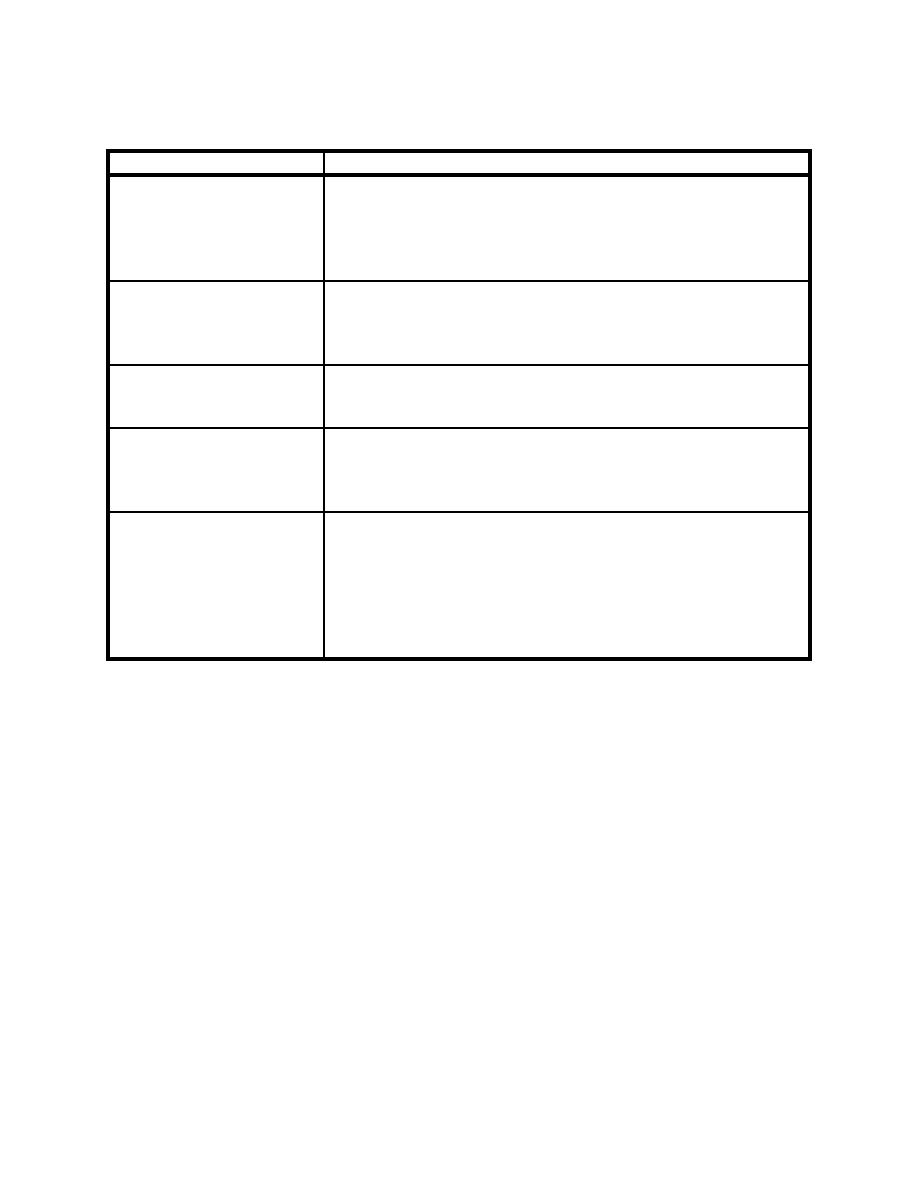
UFC 4-159-03
3 October 2005
Table 3-18. Design Recommendations
IDEA
NOTES
The weight and buoyancy forces of ships can be very
Allow ship to move with
high, so it is most practical to design moorings to allow
rising and falling water
ships to move in the vertical direction with changing water
levels
levels. The design range of water levels for a specific site
should be determined in the design process.
A system is only as strong as its weakest segment; a
Ensure mooring system
system with components of similar strength can be the
components have
most economical. Mooring lines should not have a break
similar strength
strength greater than the capacity of the fittings they use.
Ensure load sharing
In some moorings, such as at a pier, many lines are
involved. Ensuring that members will share the load
results in the most economical system.
Bridle design
In cases where a ship is moored to a single point mooring
buoy with a bridle, ensure that each leg of the bridle can
withstand the full mooring load, because one member may
take the full load as the vessel swings.
Provide shock absorbing
Wind gusts, waves, passing ships, etc., will produce
in mooring systems
transient forces on a moored ship. Allowing some motion
of the ship will reduce the dynamic loads. `Shock
absorbers' including marine fenders, timber piles,
synthetic lines with stretch, chain catenaries, sinkers, and
similar systems are recommended to allow a moored ship
to move in a controlled manner.
61


 Previous Page
Previous Page
